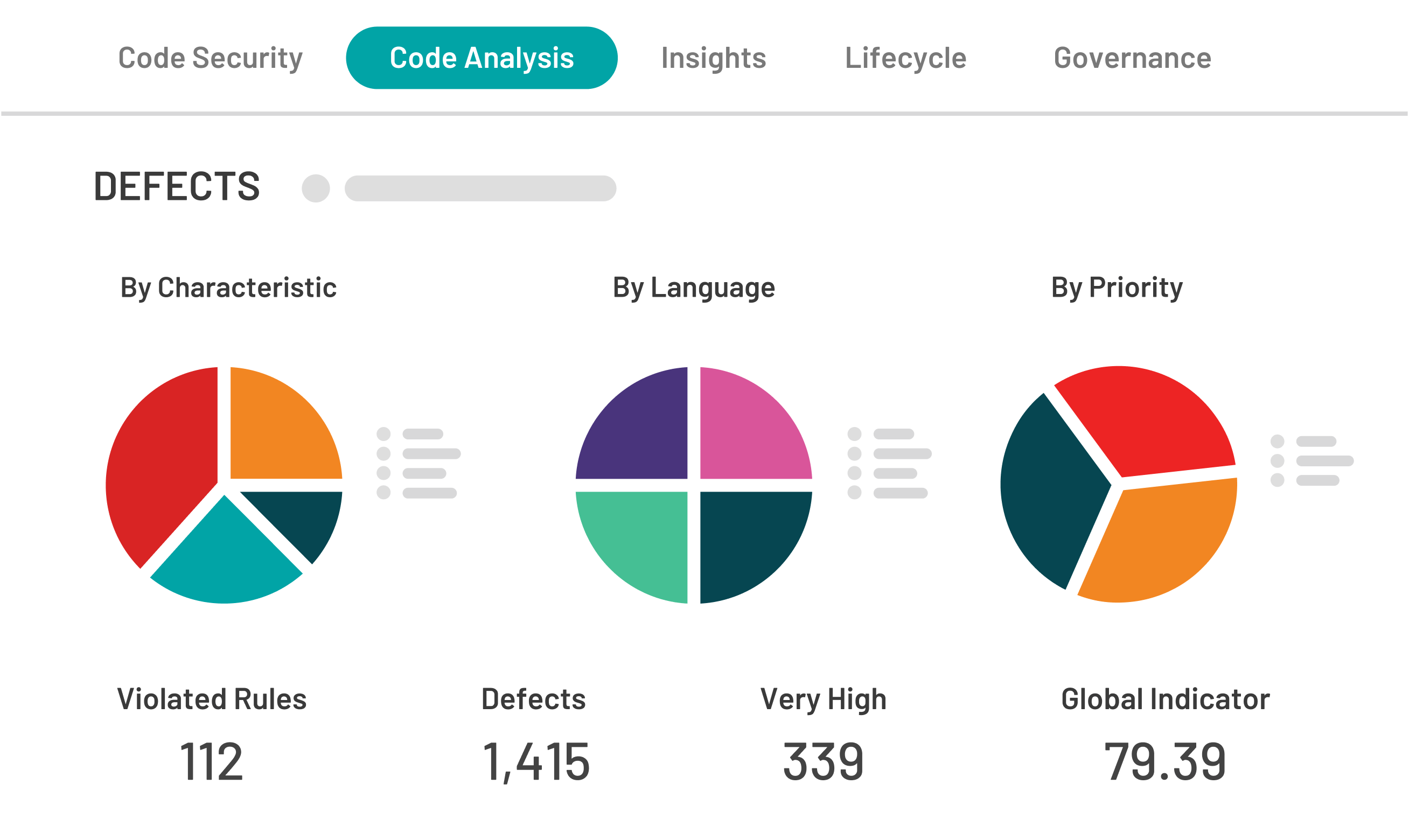

Returning from Saturday’s LechazoConf 2017, a conference about failures (and successes) of entrepreneurs/startups in Castilla-Leon (and Spain).
I enjoyed the conference! Organization was awesome, content was nice, and the lechazo was great (I am from Traspinedo in Valladolid, where “pinchos de lechazo” is the local speciality).
What I have learned:
“Startups” most often start as an “internet idea”, due to low entry barrier (often a couple of talented techies with computers). Any exception like Argotec Precision Agriculture immediately stands out. Best wishes, guys!
The old Silicon Valley garage technology ventures (not derogatory, god bless garages!) is still around, but most (smart) guys quickly realize that balancing costs with revenues, how to sell the idea and the product, how to position it, etc. is as much important as the “we gonna take over the world” idea.
Two twin/neighbouring companies (Codice/PlasticSCM and Kiuwan), not really startups (more than 10 yr babies!), with similar ideas related to how to build and manage a sustainable project. Probably old flavours for many guys there, maybe not a mirror for anyone, but… we made them survive to earthquakes like git entry for Codice, or on-premises lock-in after 2008 global crisis for us. Hope our experiences help others. If something qualifies both companies, “perseverance” could fit the bill. @psantosl probably disagrees, but I saw that picture.
No talk about which “statistical distribution” the success indicators (if any such thing have any sense) for startup population follows. As a mathematician, I would liked to see a pretty “power law” graphic, and someone telling us that yes, a narrow tail of “winners” outperform all the rest, with only a few (20% due to Pareto’s dictatorship) survivors for the market crumbs. Having the insight to find the right idea for the mid-term future is an unusual, magic gift. Yes, we need to test many crazy ideas for real advance in our tech society, but many crazy ideas are exactly that, crazy, with no single possibility to reach the dreaded breakeven point (no entrepreneur will talk you positively about that).
Note: I read the idea of the power law for startups in Peter Thiel’s Zero to One book (the investment return against company rank for his venture capital fund), and was curious if someone could confirm that, and more than that, offer any insights on why startups follow that pattern. That means that, if you do not have the instinct, you may need 20 tries to get one in the magical top… Normally, ideas that work a bit well stops one for retrying (a reason for “lo petamos” scarcity?); I feel than only guys with the instint to find the right idea in 3-5 shots at most are in position to get there. Yeah, running a company is not a shooting gallery, but you get the metaphor…
Analyzing the failures, not everybody has the skills for leading an idea, no matter how good it seems today. Anyway it is nice to try it, learn from the failure, rise from the mud, try again…
But what about thinking if your idea is too trivial, too hard, or too stupid, to be useful for anyone? Many smart guys may be more productive to find a good idea around when it starts (they are well connected, so this is not an issue), instead of running their own. Some speakers seemed to approach this idea, without showing it wide open.
Of course, due to the power law, having 0.005% of Apple shares is muuuuuuch better than 100% ownership of your small company, but 1) you have to detect Apple to be your company before too late (the first Mac…), 2) you have to fit with founders (think about Jobs and Wozniak temper!), and 3) convince founders that you are worth for the project. Taking a good decision is difficult, and when analyzing your past, your brain deceives “you” with your fictional self-narrative.
Considering the projects exposed in LechazoConf’17, probably Carto are the guys who best embody the paradigm of a “lo vamos a petar” idea. Javi Santana, the CTO, had a deep “how to run the business” insights (I bet that Carto founders have similar / complementary skills), and perhaps they could be in the success narrow tail of the power law distribution – Only time will tell.


